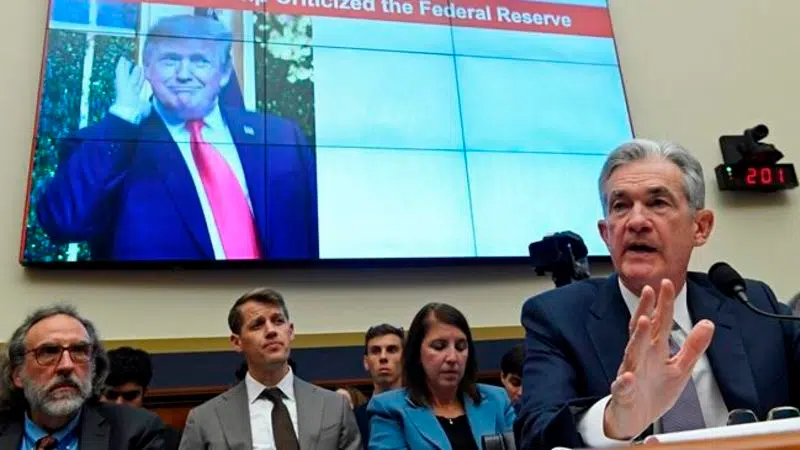
Powell signals that rate cut could be coming soon
WASHINGTON — Chairman Jerome Powell signalled Wednesday that the Federal Reserve is likely to cut interest rates late this month for the first time in a decade in light of a weakening global economy and rising trade tensions.
Delivering the central bank’s semiannual report to Congress, Powell said that since Fed officials met last month, “uncertainties around trade tensions and concerns about the strength of the global economy continue to weigh on the U.S. economic outlook.” In addition, annual inflation has dipped further below the Fed’s annual target level.
Powell’s remarks triggered a stock market rally, with the Dow Jones industrial average up nearly 100 points in late-morning trading.
Economists suggested that Powell’s message made a quarter-point rate cut a virtual certainty at the Fed’s meeting this month, with many forecasting further rate cuts to come.


